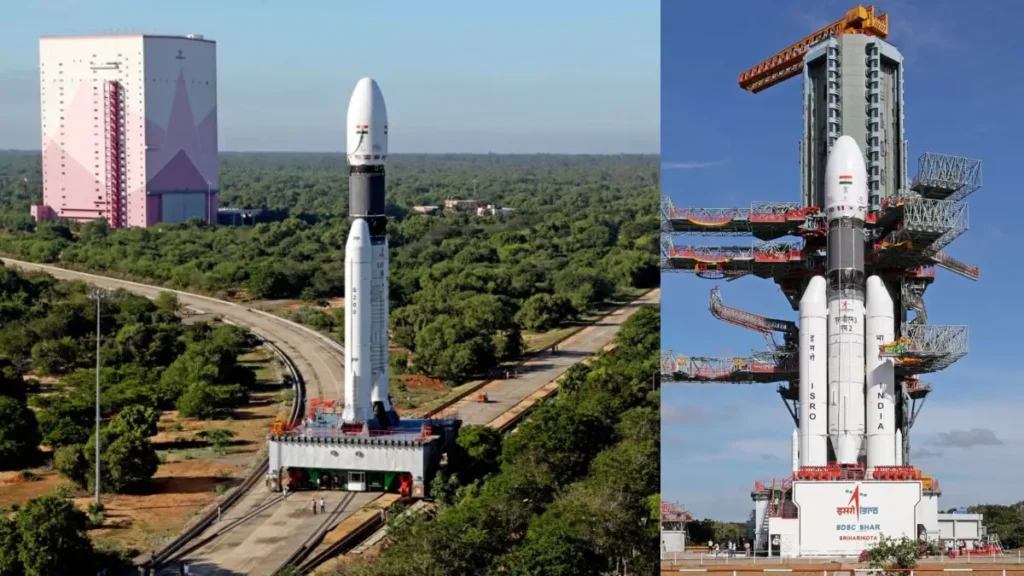What is the full form of ISRO?
The ISRO full form is Indian Space Research Organization. It is the Indian government’s space agency, and its headquarters are in the Bengaluru Region. The objective is to develop space exploration for national development while conducting research into space science and planet exploration. It is one of the largest space agencies in the world.
Read Other Full Forms
ISRO History
The Indian National Space Exploration Committee (INCOSPAR) was created in 1962 by Jawaharlal Nehru under the DAE (Department of Atomic Energy) with Vikram Sarabhai’s immediate understanding of the need for space research. In 1969, DAE developed INCOSPAR, which later became ISRO. In 1972, the Indian government established a Space Commission and Space Department (DOS), which included ISRO. ISRO’s foundation initiated space exploration in India, however, it is governed by the Department of State and reports to the prime minister.
ISRO Operation Centers
ISRO operates through a network of regional centers.
- The Ahmedabad Space Applications Centre manufactures sensors and payloads.
- Satellites are planned, manufactured, installed, and tested at the U R Rao Satellite Center or ISRO center in Bangalore.
- At the Vikram Sarabhai Space Centre in Thiruvananthapuram, launch vehicles are manufactured.
- At the Satish Dhawan Space Centre on Sriharikota Island, close to Chennai, launches are conducted.
- Master Control Facilities for geostationary satellite stations are located in Hasana and Bhopal.
- The Hyderabad National Remote Sensing Centre has facilities for gathering and storing remote sensing data.
- ISRO’s commercial arm is Antrix Corporation, which has its headquarters in Bangalore.

Achievements And Plans
ISRO has deployed many space systems for telecommunications, meteorology, disaster warning, television broadcasting, and Indian Remote Sensing (IRS) satellites to track and control resources, including the Indian National Satellite System (INSAT).
- ISRO created subsequently three rockets
- The first IRS satellite was launched in 1988, and the program has since produced more advanced satellites, such as RISAT-1(Radar Imaging Satellite-1), launched in 2012, and Satellite SARAL, launched in 2013 as a joint Indian-French mission to measure the height of ocean waves.
- ISRO launched the initial INSAT satellite in 1988; the project was later expanded to include GSAT satellites.
- Rohini was the first satellite sent into space by an Indian launch vehicle on 18 July 1980.
- The Soviet Union launched the first satellite of ISRO, Aryabhata, on April 19, 1975.
- 1) PSLV (Polar Satellite Launch Vehicle) — A vehicle used to place satellites into polar orbits. 2) GSLV (Geostationary Space Launch Vehicle) – A vehicle used to place satellites into geostationary orbit. 3) LVM or GSLV Mark III – This is the Heavy Lifting Version of the GSLV.
- Missions to the Moon, including Chandrayaan-1 (2008), Chandrayaan-2 (2019), and Mars Mars Orbiter Mission (2013), are among the rockets being launched.
- ISRO anticipates sending astronauts into orbit by 2021.

